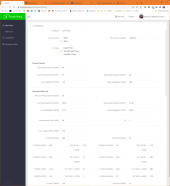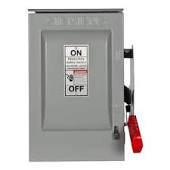donrichards
New Member
I assume this has been answered but I can't seem to find it so feel free to just answer with a link to the correct discussion if that's the case.
I'm really new to this site.
Just wondering how an inverter (or whatever hardware it's supposed to be) prevents back-feeding power to the grid when the grid is down? If I were to get a grid tie inverter, how do I guarantee it won't back-feed electricity to the grid if the grid goes down?
I'm really new to this site.
Just wondering how an inverter (or whatever hardware it's supposed to be) prevents back-feeding power to the grid when the grid is down? If I were to get a grid tie inverter, how do I guarantee it won't back-feed electricity to the grid if the grid goes down?




